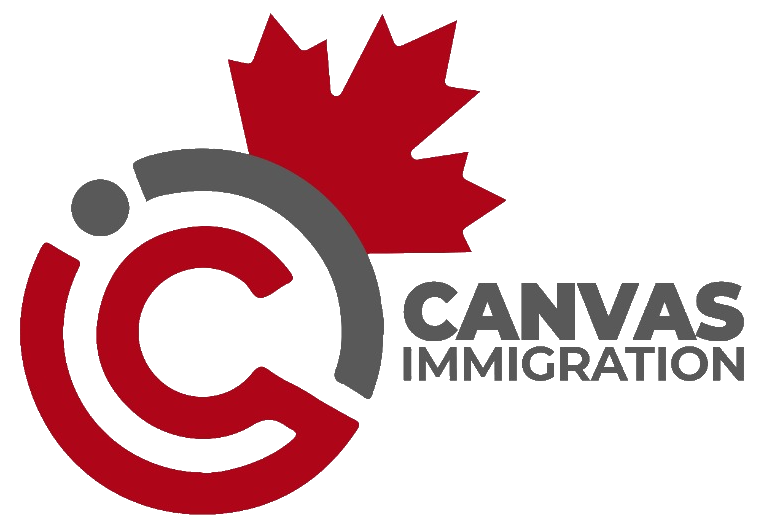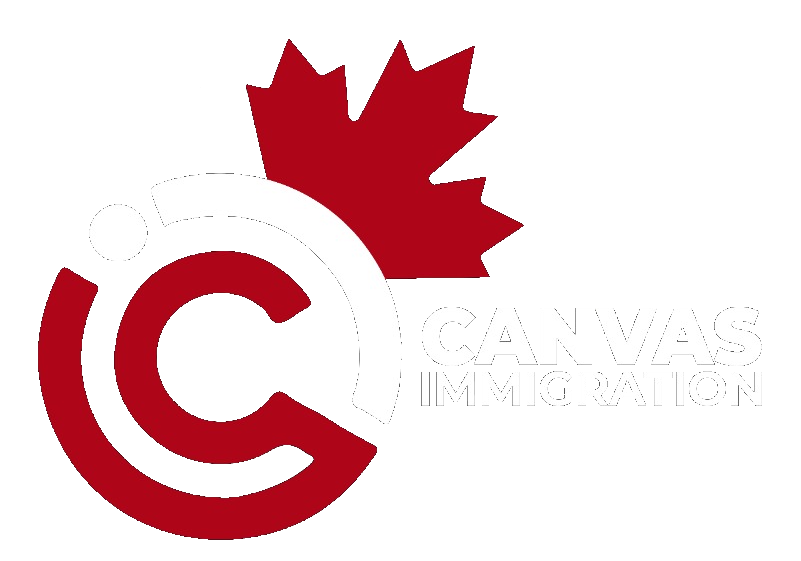Last Updated On 18 November 2024, 12:01 AM EST (Toronto Time)
Prime Minister of Canada, Justin Trudeau explains in a video message about the sweeping reforms to the country’s immigration system, aiming to stabilize population growth and address systemic exploitation.
In a video message, Trudeau outlined the government’s decision to reduce both permanent and temporary immigration levels over the next three years and what went wrong with immigration.
This bold move seeks to alleviate pressures on housing, infrastructure, and public services while ensuring a fair and efficient immigration system.
Table of Contents
The Context: Explosive Population Growth
Canada’s population has experienced rapid growth in recent years, comparable to a “baby boom.”
Much of this expansion has been driven by immigration, including a significant influx of temporary residents such as international students and foreign workers.
However, this surge has also exposed vulnerabilities within the immigration system.
Trudeau acknowledged that “bad actors” — including fake colleges and exploitative corporations — have taken advantage of the system, undermining its integrity.
The government’s new plan aims to correct these issues while maintaining Canada’s commitment to welcoming immigrants.
Trudeau clarified the distinction between permanent and temporary immigration, two key pillars of Canada’s immigration framework:
- Permanent Immigration: This includes families and skilled workers who settle in Canada with long-term intentions. Permanent immigration has traditionally been the focal point of annual immigration plans.
- Temporary Immigration: This encompasses individuals who come to Canada for limited periods, such as international students and temporary foreign workers. Historically, this group was governed by economic demand rather than long-term planning.
For the first time, the government has included temporary immigration targets in its planning process.
This shift enables better preparation for housing and infrastructure needs while addressing labor market demands.
Trudeau admitted that the government acted too slowly when post-pandemic labor demands began to cool.
The influx of temporary workers, initially essential to economic recovery, created imbalances in housing markets and strained community resources.
“Looking back, we could have acted quicker and turned off the taps faster,” Trudeau said.
Additionally, the system became a target for exploitation. Some corporations bypassed Canadian labor laws to hire cheap foreign labor, while certain educational institutions exploited international students with exorbitant fees and misleading promises of employment and residency opportunities.
Under the new framework, Canada will reduce the number of new immigrants, both temporary and permanent, over the next three years.
The plan emphasizes sustainability and fairness:
- Prioritizing Skilled Permanent Residents:
- Focus areas include healthcare professionals and construction workers to address critical labor shortages and support infrastructure development.
- Skilled immigrants already in Canada are encouraged to apply for permanent residency, easing integration challenges.
- Restricting Temporary Immigration:
- A cap on international students is already yielding results, with rental prices in major cities beginning to stabilize.
- Temporary foreign workers will be admitted more selectively, aligning with actual labor market needs.
- Combatting Exploitation:
- The government is cracking down on fraudulent practices by colleges, corporations, and immigration consultants.
- Reforms will enhance the monitoring and regulation of international student programs and temporary foreign worker initiatives.
- Asylum System Reform:
- Temporary residents attempting to use the asylum system as a backdoor to permanent residency will face stricter scrutiny. Claims will be processed swiftly, with rejected applicants deported promptly.
The decision to limit immigration levels has sparked mixed reactions across Canada. Business leaders have long called for increased immigration to address labor shortages.
For instance, a manufacturing representative stated, “We’ve had a chronic shortage of labor for the last decade. We need more people, not fewer.”
However, the government argues that curbing immigration temporarily will provide “breathing room” for communities to build much-needed housing and infrastructure.
Trudeau emphasized that this policy is not an anti-immigration stance but a recalibration to ensure long-term sustainability.
He pointed out that while population growth will pause for the next two years, it will resume gradually in 2027, returning to pre-pandemic growth trajectories.
- Lower Housing Costs: The cap on international students has already begun reducing rental prices in urban centers.
- Focus on Canadian Workers: The reforms will encourage corporations to invest in domestic talent rather than relying on cheap foreign labor.
- Fairness and Transparency: Stricter regulations will protect vulnerable immigrants and restore public confidence in the system.
The new immigration plan reflects a delicate balancing act: supporting economic growth, ensuring social stability, and preserving Canada’s reputation as a welcoming nation.
Trudeau concluded his address by reiterating the government’s commitment to creating a fairer system for all.
“Immigration is a great thing, and we’re lucky that so many people dream of coming to our country. But fulfilling that dream depends on having a good job, a decent place to live, and access to healthcare.”
As the government implements these changes, Canadians and newcomers alike will be watching closely to see how this transformative policy unfolds.
While challenges remain, the new approach offers hope for a more sustainable and equitable immigration system.
Why is Canada reducing immigration levels?
Canada is temporarily reducing immigration levels to address housing shortages, infrastructure pressures, and systemic exploitation within the immigration system.
What is the difference between permanent and temporary immigration?
Permanent immigration involves long-term settlement, while temporary immigration includes individuals such as international students and foreign workers who stay for limited periods.
How will this impact international students?
A cap on international students aims to reduce rental pressures in major cities and ensure educational institutions adhere to stricter standards.
When will population growth resume?
Population growth is expected to pause for two years and gradually resume in 2027 at a sustainable pace.
This transformative shift in Canada’s immigration policy sets the stage for a sustainable future while reaffirming the country’s commitment to welcoming newcomers under fair and equitable terms.
Satinder Bains
Something went wrong. Please refresh the page and/or try again.
You may also like: 2 New CRA Benefit Payments For Ontario Residents in November 2024
20 Most Affordable Cities In Canada For 2024
International Students In Canada Can Now Work 24 Hours Per Week
Asylum Claims By International Students In Canada Now At Record High

